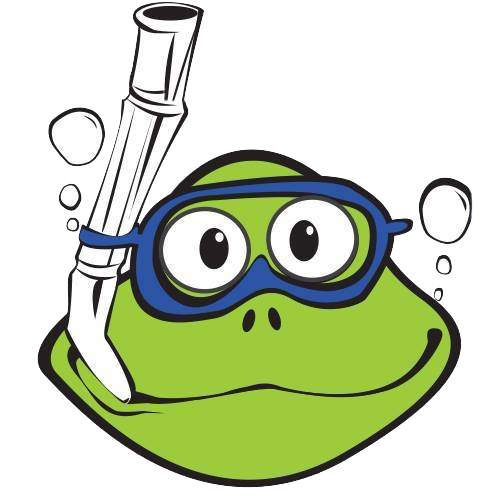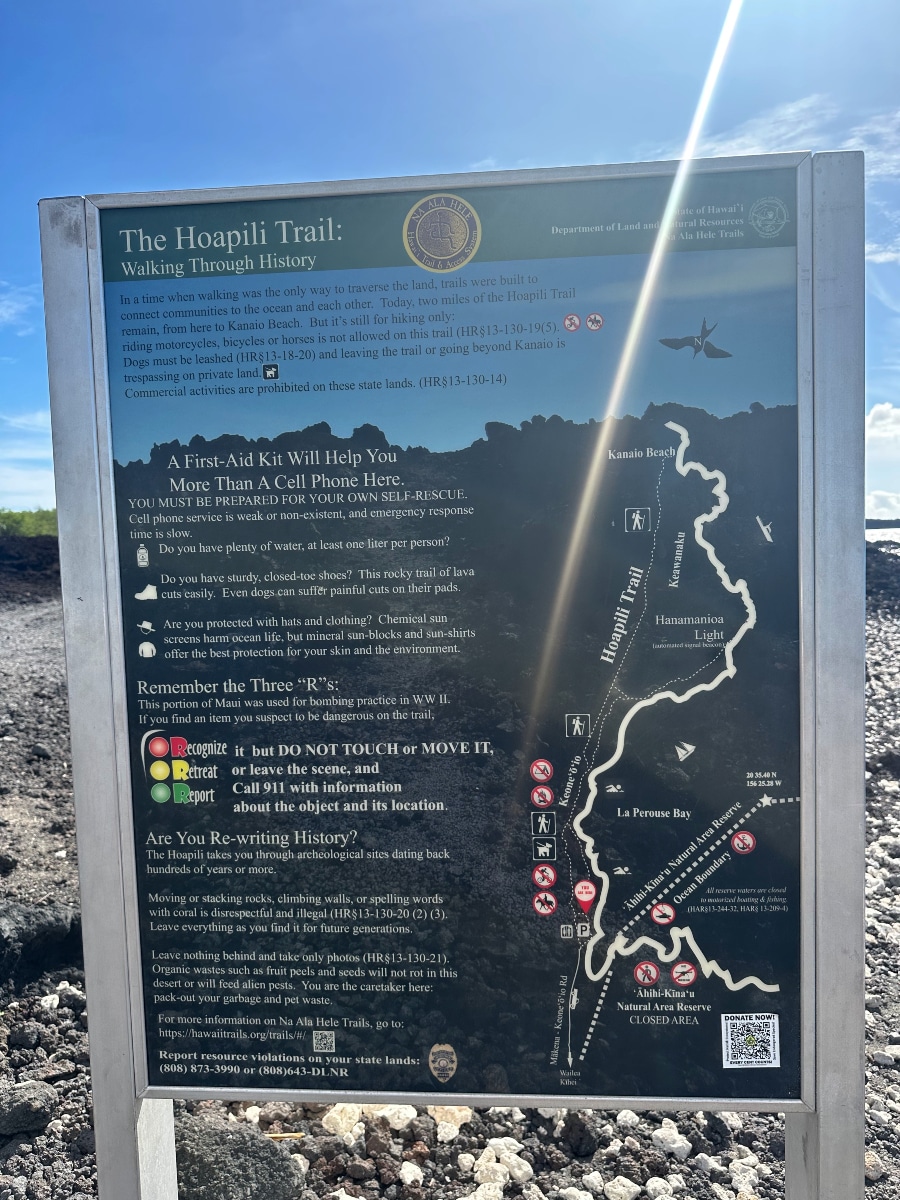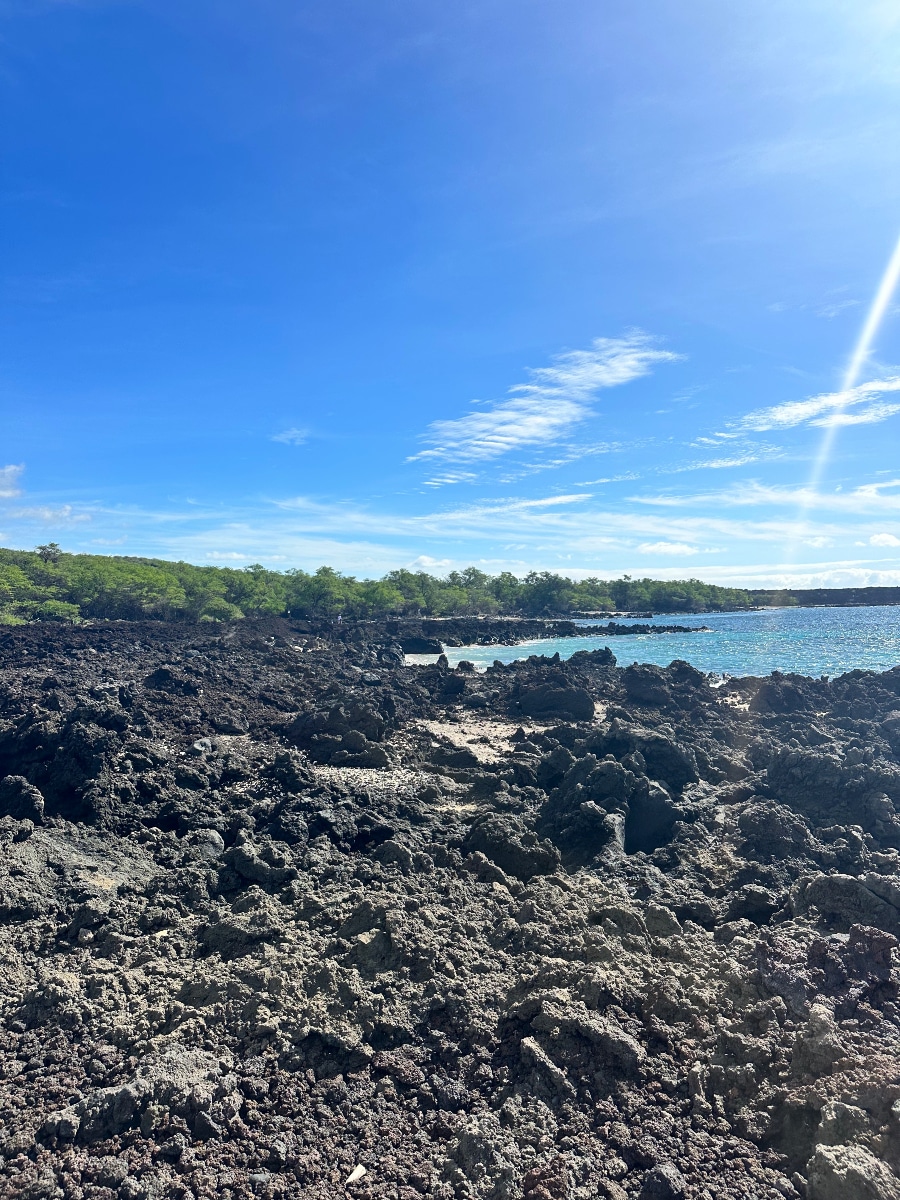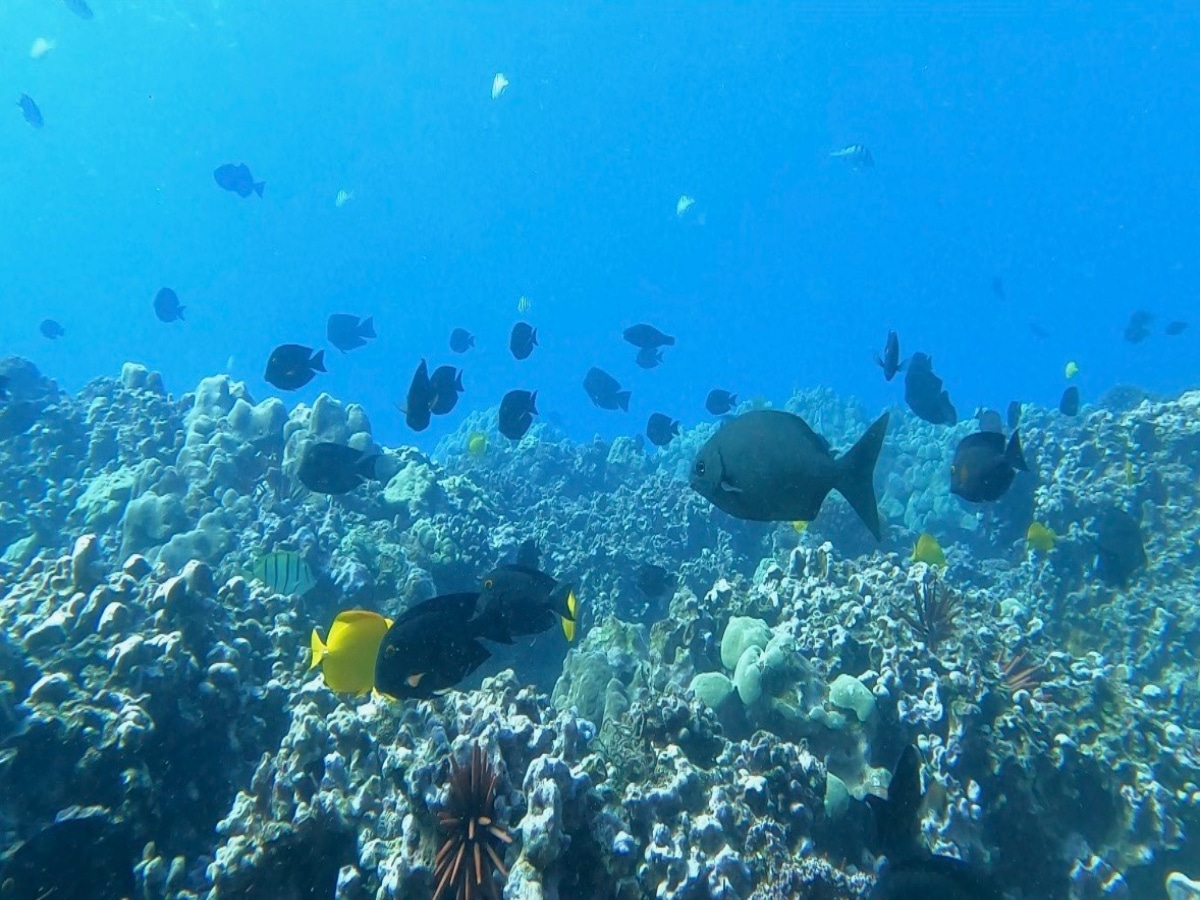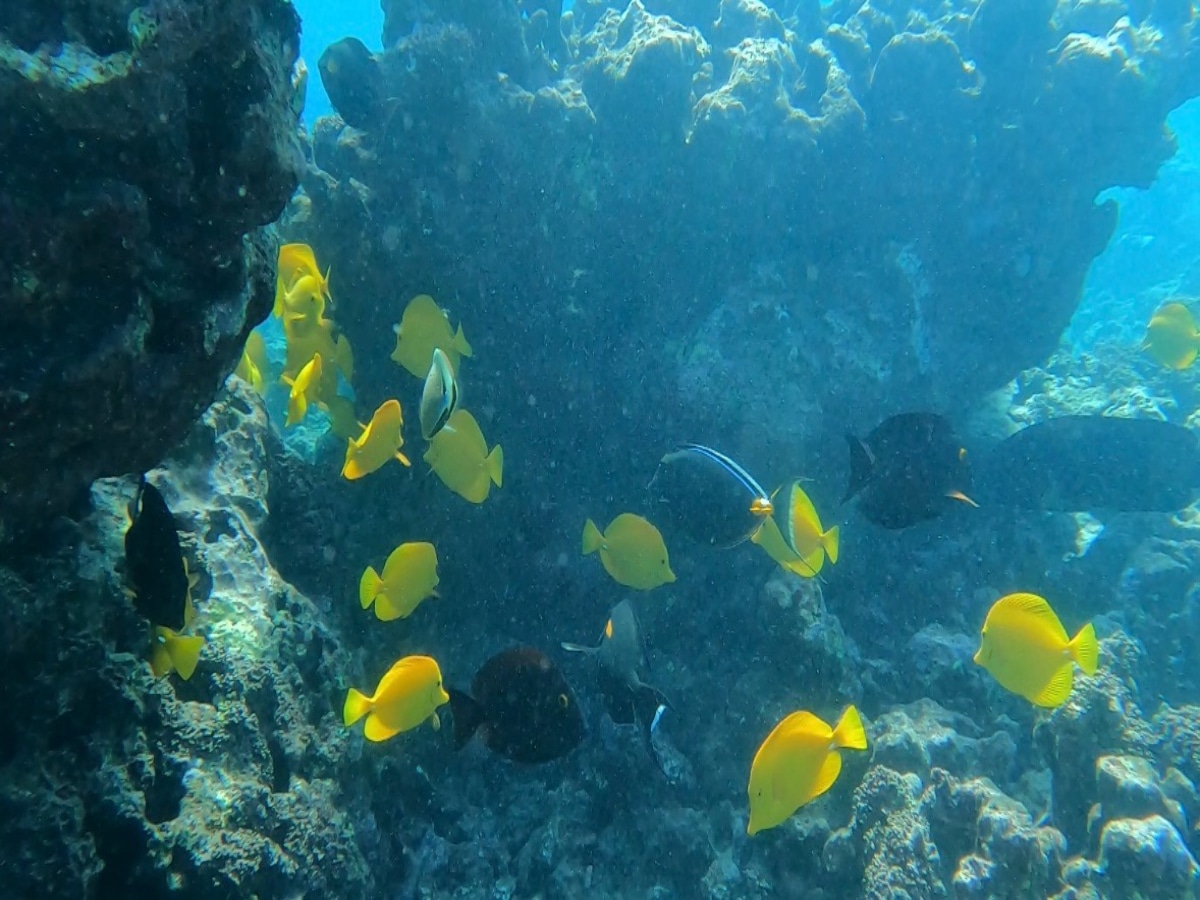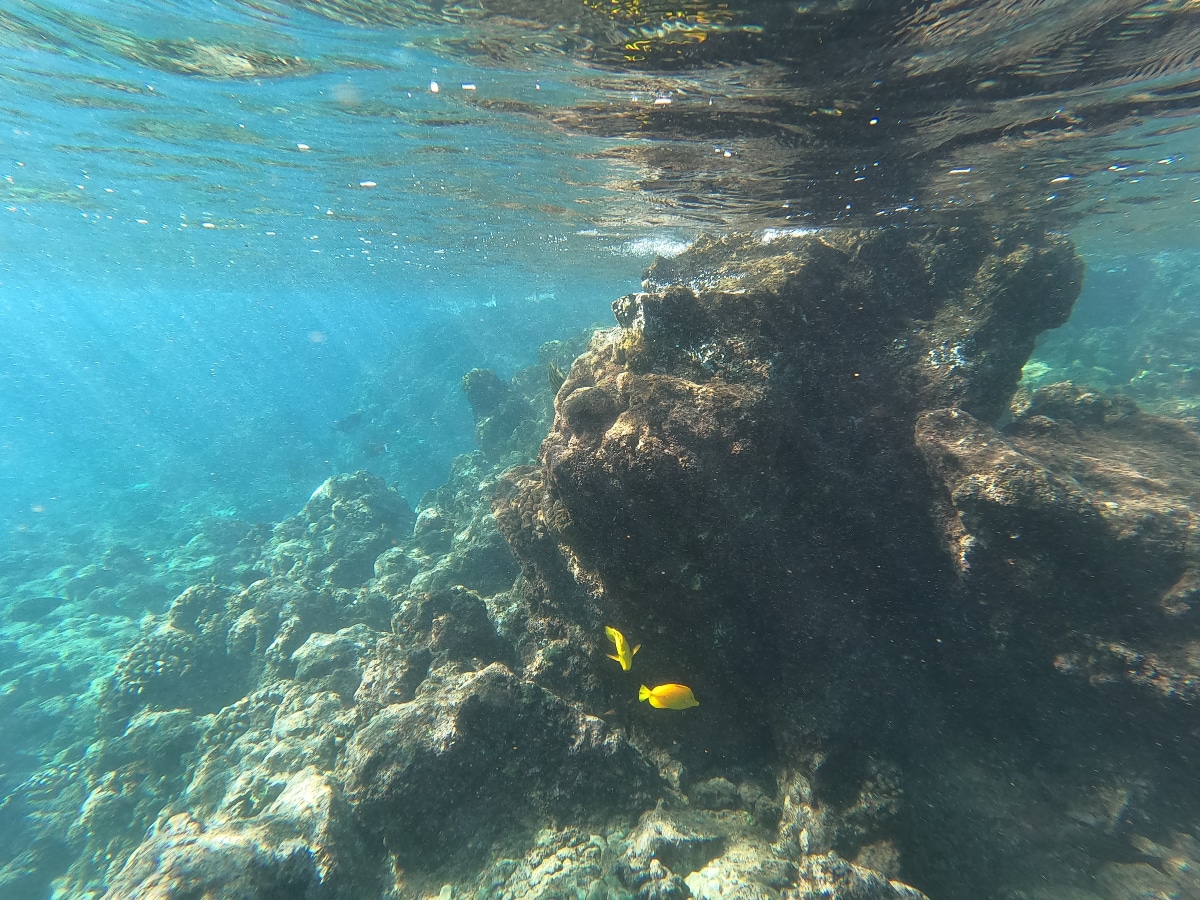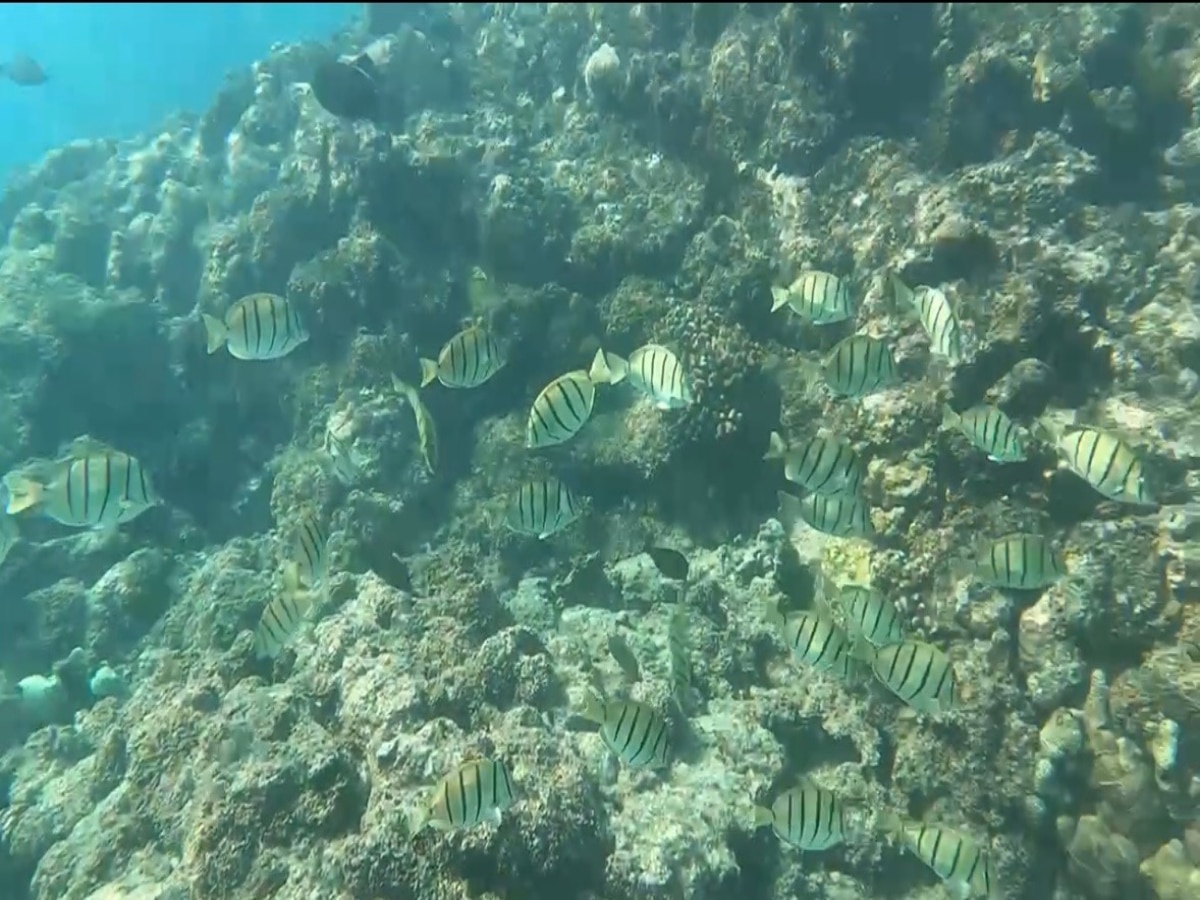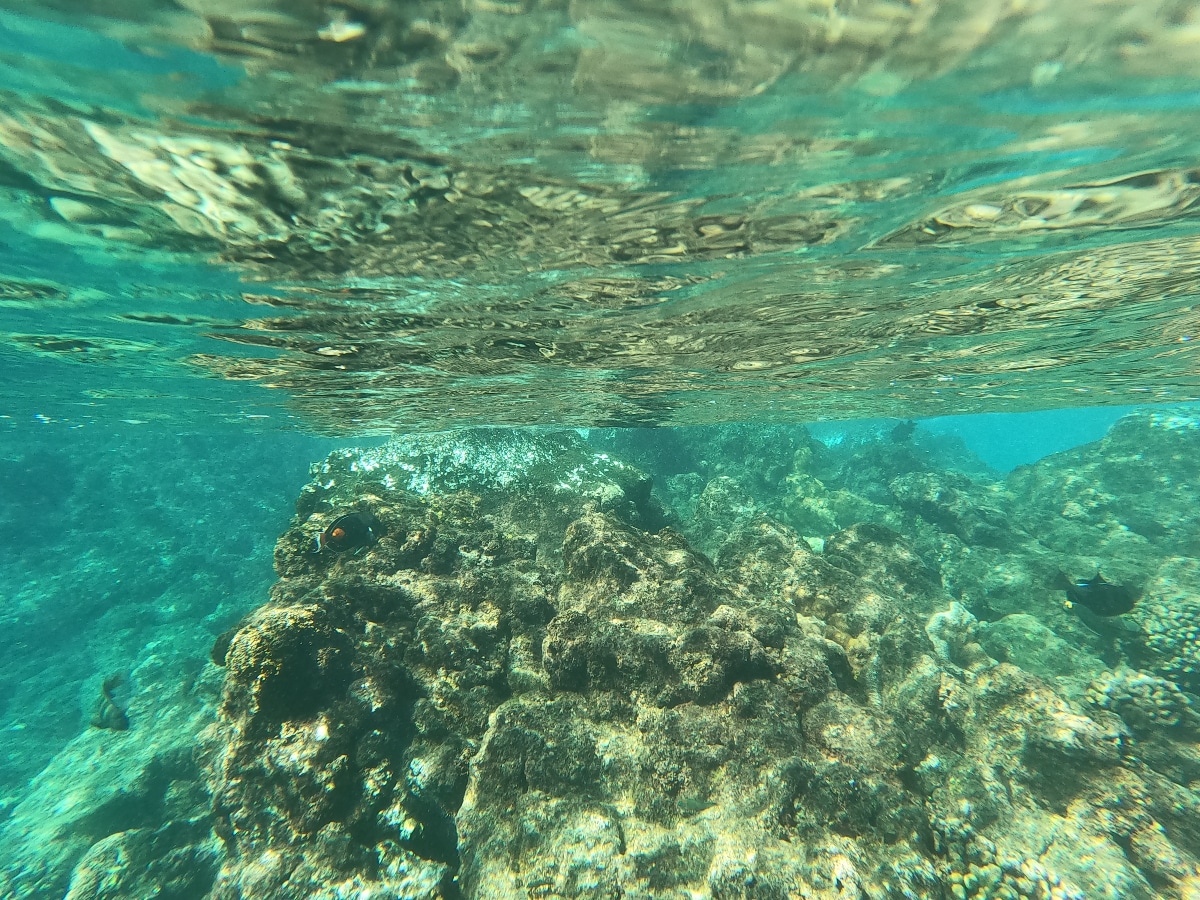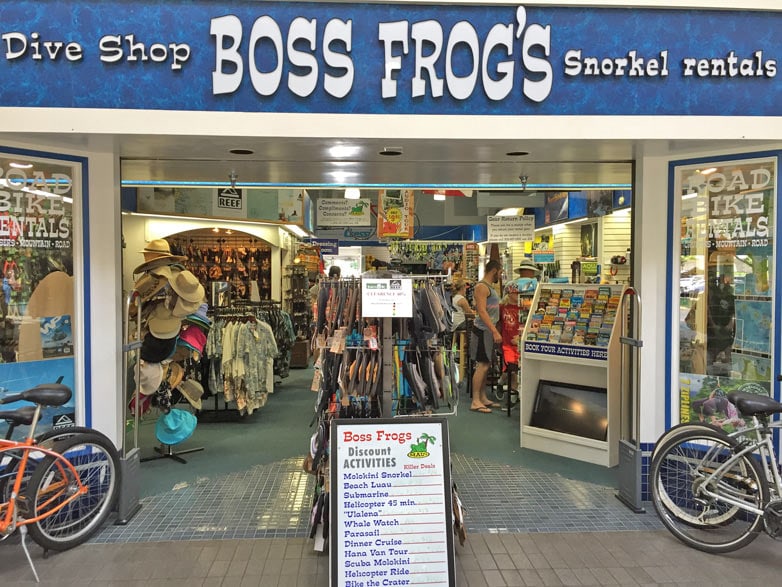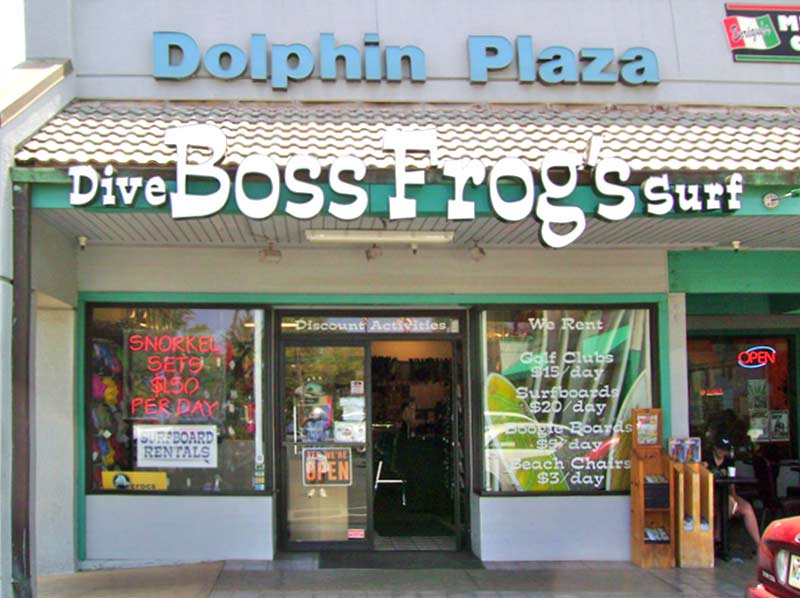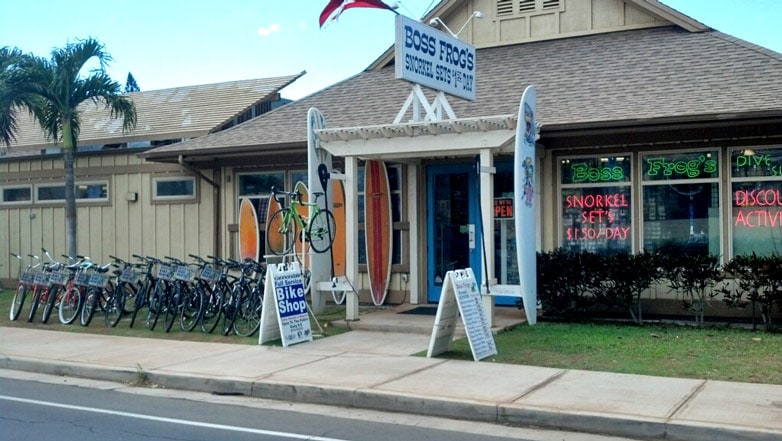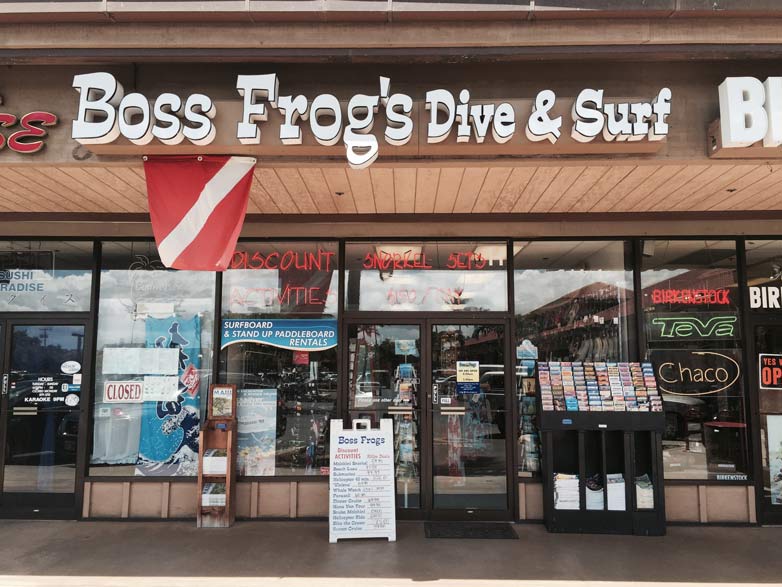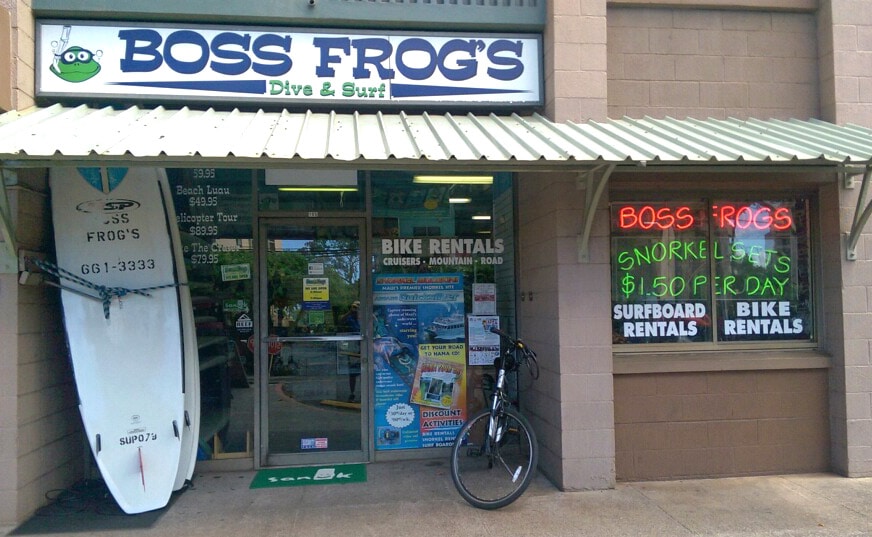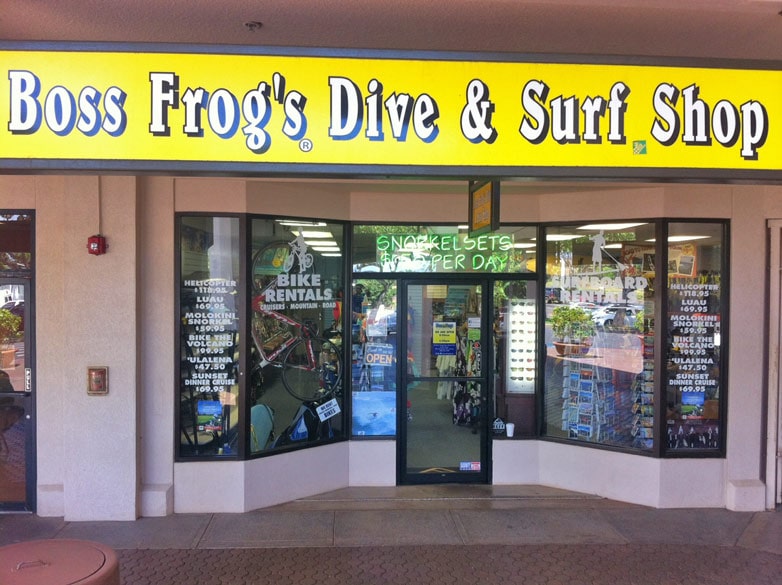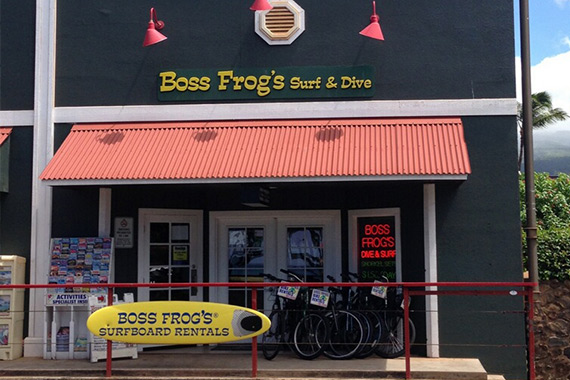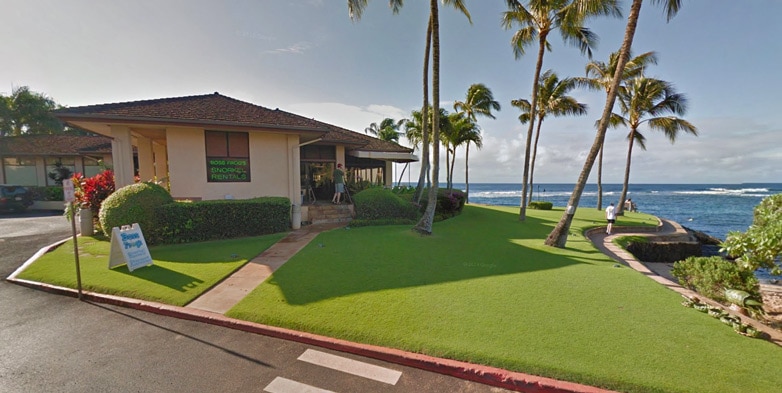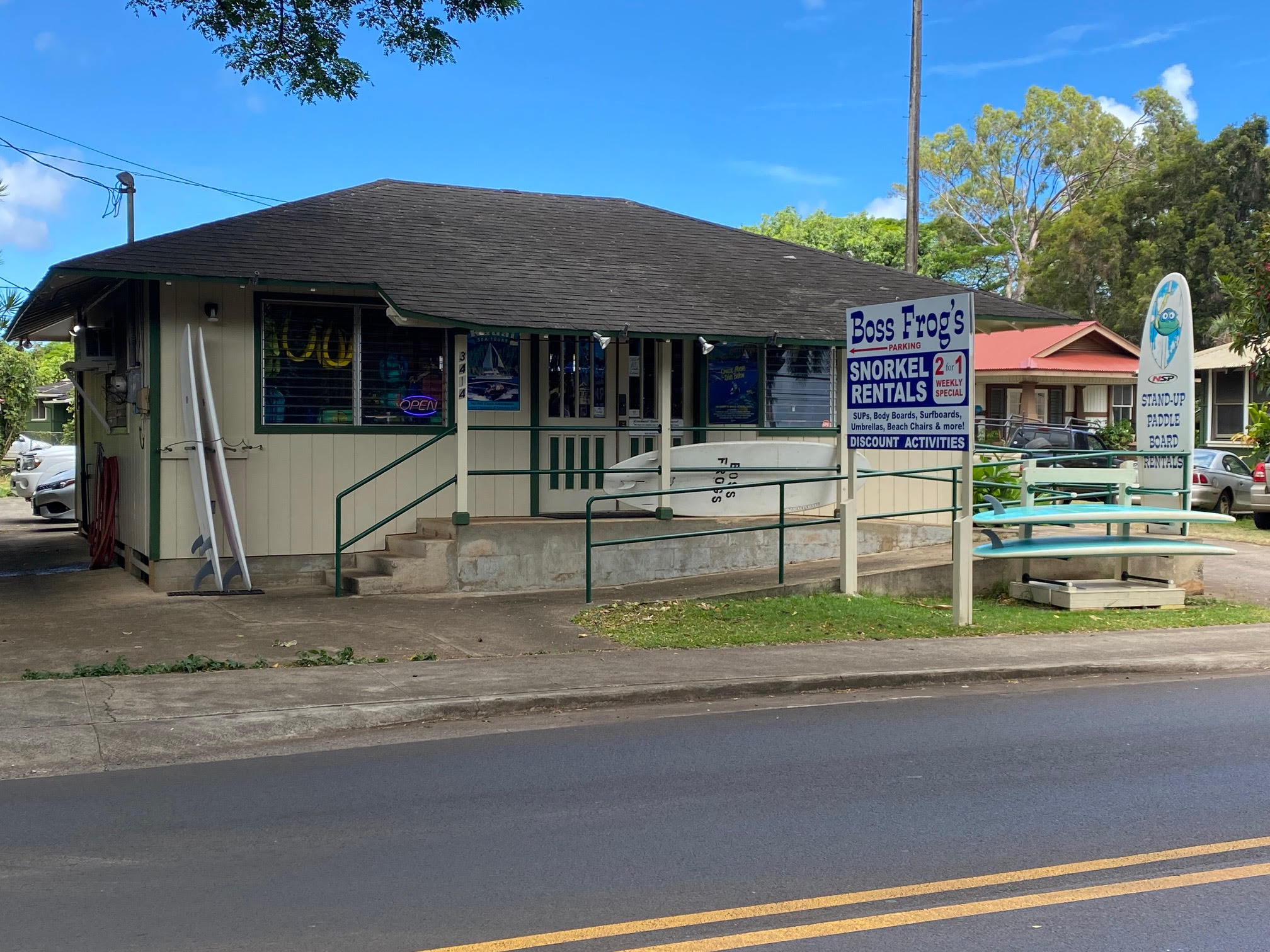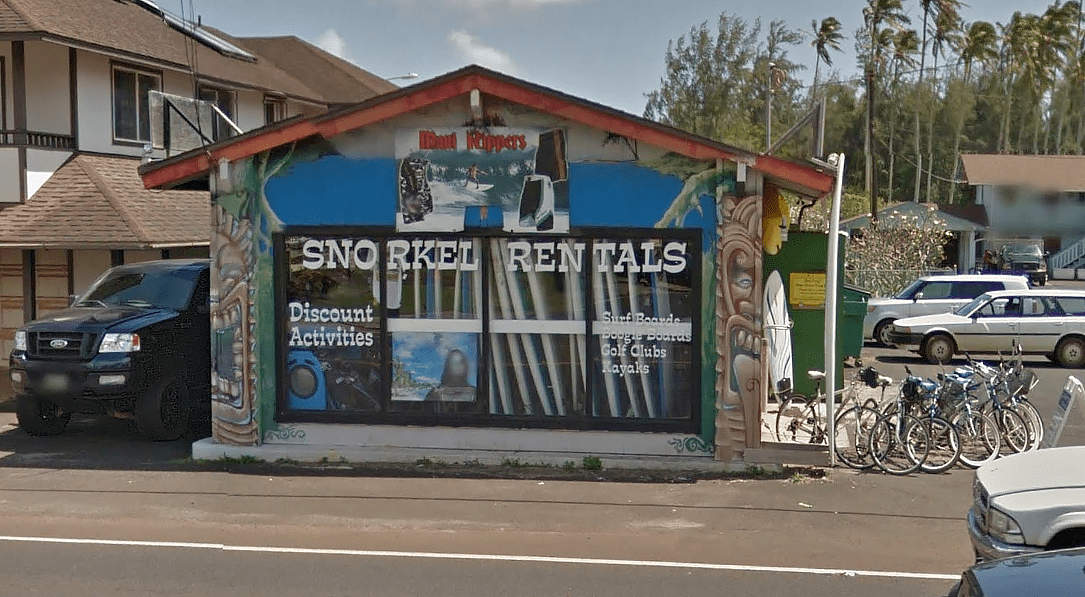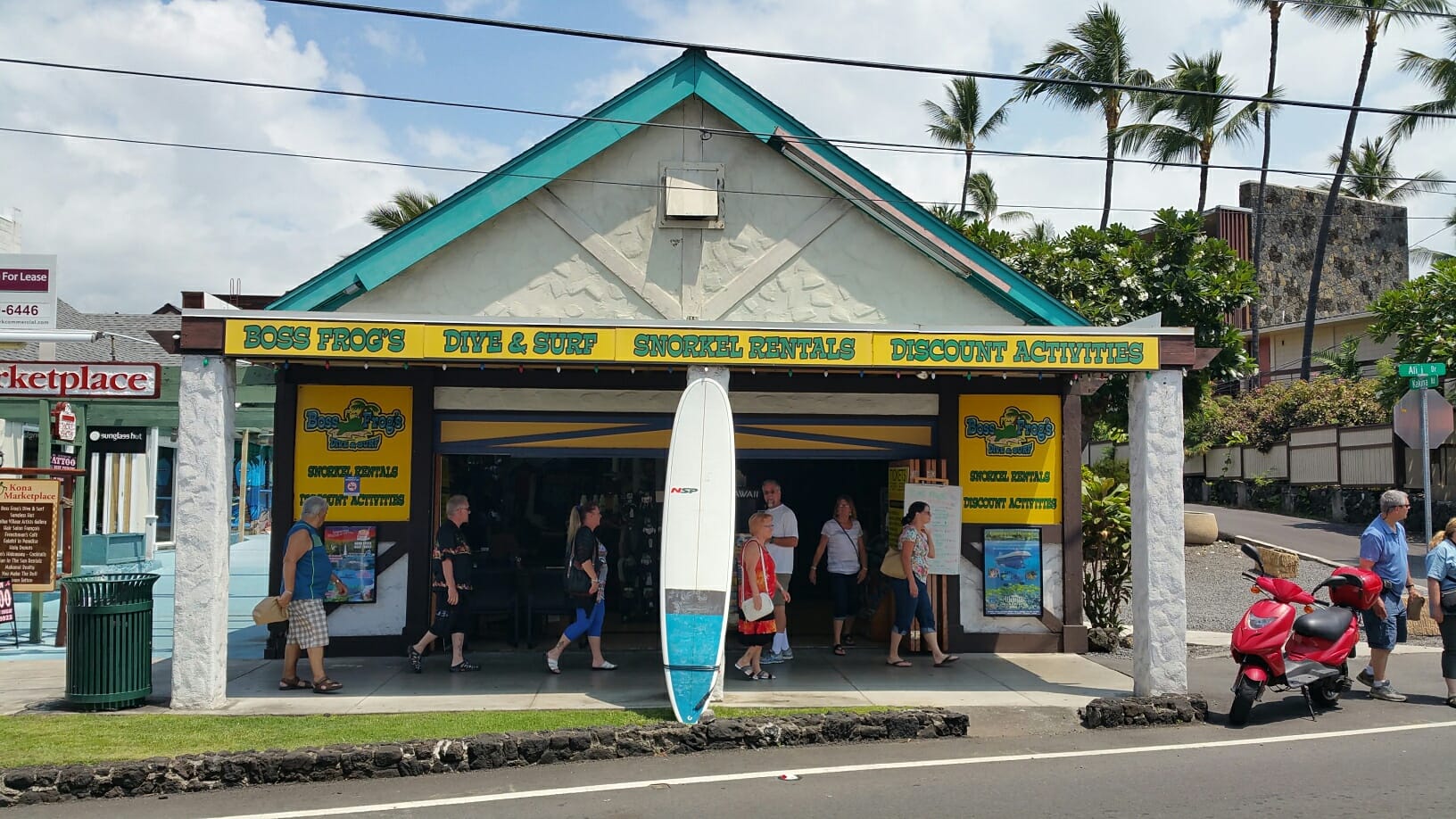Snorkeling at La Perouse Bay

Many of the best snorkeling beaches on Maui are concentrated on the south side of the island. However, few people venture far enough south to the historic lava fields for snorkeling at La Perouse Bay. Newcomers to Maui are often discouraged by the long drive to this ‘Forbidden Coast’, and the advanced snorkeling keeps beginners at bay. However, we urge you to not be discouraged by these factors! The breathtaking vistas of the southern coastline make the drive well worth it.
In terms of snorkeling, this location is indeed suited for more experienced snorkelers. But, if you have the skills to make it through the difficult entry and the endurance for a longer swim, this is a Maui snorkel spot that can’t be missed! Located in a designated natural reserve, there is usually an abundance of marine life to enjoy while snorkeling at La Perouse Bay. Many people report seeing spinner dolphins, snorkeling with turtles and a variety of native Hawaiian fish.
If you decide not to snorkel, there is a stunning stroll along ‘King’s Highway’ that passes through striking black lava fields. Whether you choose to explore on land or in the ocean, La Perouse Bay is a true adventure sanctuary for all to enjoy.
How to Get to La Perouse Bay
To reach La Perouse Bay from central Kihei, head south on South Kihei Road until it becomes Makena Road. Brace for a picturesque albeit slightly bumpy ride along the southern Maui coastline. The parking lot of La Perouse Bay is at the very end of Makena Road at mile marker 7. This parking lot fills up quickly and has portable bathrooms and trash bins. To guarantee a spot, it’s advisable to get to La Perouse Bay as early as possible. The trailhead for Hoapili, also known as ‘Kings Highway’, is located on the south end of the parking lot.
The History of La Perouse Bay
Captain James Cook, an English adventurer, was the first European to set foot on the Hawaiian Islands in 1778. Captain Cook first arrived on Oahu, and could see Maui from afar but never discovered it on foot. King Louis XVI gave French explorer and naval commander Jean-Francois de Galaup Comte de Laperouse a seven-year contract to complete the work left over from James Cook’s expedition. During this time, Laperouse and his crew were the first to discover Maui in May 1786. As you probably guessed from the name, the bay that they arrived in was none other than what we know now as La Perouse Bay.
The expansive fields of volcanic rock at La Perouse Bay offer a captivating glimpse into the island’s geological history. In 1790, the southwest side of Haleakalā erupted and the lava flowed down into La Perouse Bay. This left a path of black, rough lava rocks that create a stark and mesmerizing contrast to the azure waters of the Pacific Ocean. The remnants of Maui’s last lava flow along King’s Highway are truly something to witness in person!
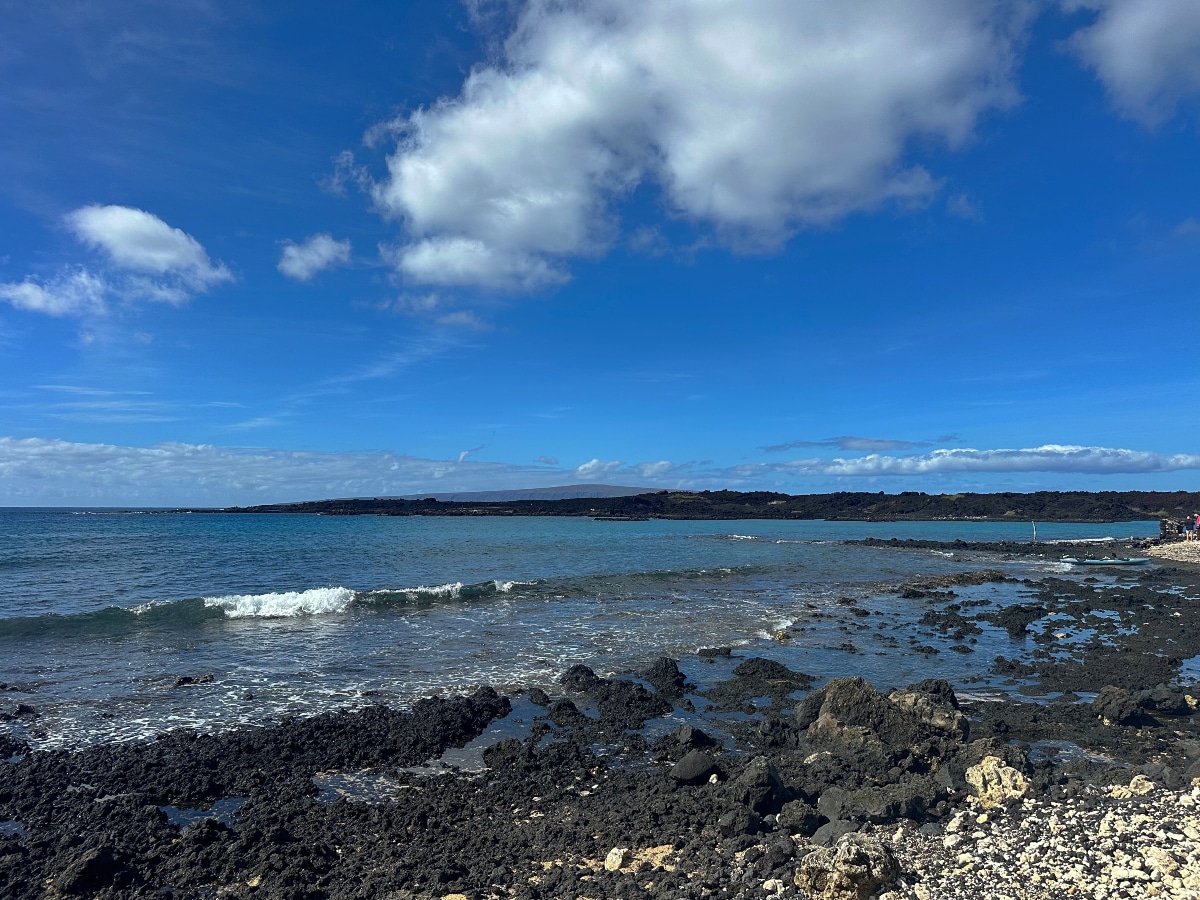
Maui Snorkel Report
Even though south Maui experiences year-round sunshine, there are a few weeks when the weather invariably shifts to rain and clouds. During these rare erratic weather weeks, it can be difficult to plan your snorkel day! There was a storm the week I originally planned to go snorkeling at La Perouse Bay, which wasn’t very conducive for a snorkeling adventure. Each morning I used the Maui Snorkel Report, hoping for some clear weather. This tool was a huge time saver for me! I waited for ideal weather on the report and once it hit, I was on the road for some incredible snorkeling at La Perouse Bay.
Snorkeling at La Perouse Bay
I arrived at 9:00 am, which was just early enough to experience ideal ocean conditions. The trade winds are known to pick up quickly on this part of the island, which leads to rough waters and poor visibility. This is another reason to arrive as early as possible! The parking lot was nearly full, but I was lucky enough to find a spot. Snorkeling gear in hand, I headed towards the bay.
The most difficult part of my day was entering the water. There is no sand at the entry point. Instead, it is littered with lava rock, coral and urchins. Coral is fragile and stepping on it can be very damaging. Wana, also known as the “Hawaiian sea urchin”, injects a painful sting when touched. To avoid the coral and wana, I suggest donning mask, snorkel and fin rentals outside of the water, and swimming on your stomach or back as soon as possible upon entering the ocean.
With the most challenging portion of snorkeling at La Perouse Bay behind me, I headed towards the coral reefs that line the right side border. Even though I had to swim a considerable distance to explore the bay, I knew there would be an abundance of marine life waiting for me once I arrived!
Marine Life at La Perouse Bay
The visibility snorkeling at La Perouse Bay is amazing! There were tons of yellow tang, achilles tang, and butterfly fish. I also saw a large parrotfish, green sea turtle, trumpetfish, and a large school of manini. The sea floor was very far beneath me, which made it easy to leisurely snorkel near the surface and admire the stunning marine life from afar. For more advanced snorkelers, this is a great opportunity to put your breath holding skills to the test and dive down for a closer look!
The highlight of my snorkel was the largest moray eel I have ever seen. This large eel swam out into the open, showing off its complete body as it broke free from a rock. Seeing an entire eel from nose to tail was astounding!
There is magic that lies off the beaten path at La Perouse Bay. The marine life is abundant, and the atmosphere is overwhelmingly serene due to the isolation of the area. If you’re considering snorkeling at La Perouse Bay, the biggest piece of advice would be to check conditions on the Maui Snorkel Report and arrive as early as possible. The conditions vary greatly here. Next time the report gives a good rating for the south side, give snorkeling at La Perouse Bay a shot!

